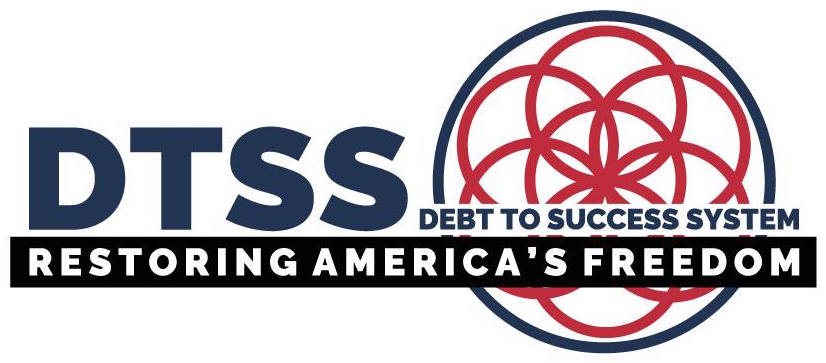
Bailout Details
The Bailout Details Socilaist Benefits For The Elite While Majority Face Exploitation Under Capitalism.
Months after the subprime mortgage crisis exploded and the Federal Government announced it would step in, many of the bailout details have still not been clarified.
”Critics of how the Bush administration handled the first half of the bailout say it doled out money to banks with few strings attached and failed to get banks to resume more normal lending.”
-Martin Crutsinger, Associated Press,02/10/09
Some of that money was used to invest by the banks in enterprises overseas.
The insurance giant AIG paid roughly $90 billion in bailout money to banks in the US and abroad in the concept of covering insurance claims on the collapsed mortgages.
These included US banks that were already getting their own enormous shares of federal bailout funds.
At AIG $160 million in bonuses were being paid out, including to former employees.
Due to a New York State investigation being announced the White House stepped in to press for the return of those bonuses.
If there had been no bailout these institutions may have had to declare themselves bankrupt.
Under capitalism the Darwinist laws of the market should have applied letting the over leveraged firms go under.
Socialism for the Rich
The bailout details show that once again the US Government is taking tax payer money to pay off the errors of the elite capitalists that make and break the rules of the game in the United States at a whim.
Although the current Treasury Secretary Timothy Geithner hopes to sell off the bad loans at low rates, assumedly the tax payer will eat the difference and later be stuck with whatever bad loans are too toxic to sell.
The private bad assets made through speculative gambling on high risk loans will be cleaned off of the banks.
The debt will be added to the US debt while the borrowers, i.e. the general public that could not pay the banks, are kicked out of their homes.
The US Government is a defender of the elite class of big owners against the interests of the overwhelming majority of working Americans.
Two Sets of Rules in the USA
The bailout details that there are two sets of rules in the U.S. Corporate America, the world of big capital, is a world with socialist rules in which the elite keep their profits while losses are passed onto the state.
Another set of rules, which applies to everyone else, is basically the law of the jungle.
It is a sink or swim world in which even the life raft of the Keynsian welfare of the Post Depression decades has been deflated.
Passing the Costs to the People
Economist John Kenneth Gailbraith considers the bailout details of Geithner’s plan, which assume that some cash will be recuperated through sales, are erroneous.
The 60 cents on the dollar that Treasury hopes for is much too high.
Galbraith also thinks that the final aim of Geithner, that the bailout will spark $1 trillion in lending and reignite the economy, is also just plain wrong.
The natural reaction of the banks will be to sit on their money and wait to see a recovery happen before taking risks.
If the government were interested in the national economy as a whole it would take charge of the banks, at least for the short term, and clean out the executives there, investigate the errors committed, restructure and reorganize them.
It could continue to run them or sell the institutions off and thus recuperate perhaps a sizeable amount of the taxpayers funds. It will not do this.
The main interest of the government is to maintain the system as is. That includes keeping the people on Wall Street in the black with their gold-plated lifestyles at the expense of the American People who are getting and ever shrinking share of the pie.

 My First Amazing Ayahuasca Experience
My First Amazing Ayahuasca Experience  Pine Needle Tea
Pine Needle Tea  The REAL Controllers of Humanity: The Papal Bloodlines
The REAL Controllers of Humanity: The Papal Bloodlines  Is it Global Warming or Cooling?
Is it Global Warming or Cooling?  Gun Rights and Obama Examined
Gun Rights and Obama Examined